|
By Teepu Players: 1-4 (Online) Platforms: PC, Nintendo Switch, PlayStation 4, PlayStation 5, Xbox One, Xbox Series X/S The life/farming sim genre is overflowing with games to play, but something that is oddly missing is something that focuses on bees. It sounds like a wild idea, but it helps distinguish Apico from everything else. I want to preclude this review with the fact that I’m not actually a fan of this genre normally. It generally bores me despite me really being into strategy games in general. Yet I have positive things to say, which should say a lot about this game. If you’ve played games like Garden Story or Stardew Valley, then you know what to expect regarding the general gameplay loop for Apico. You are thrust into this world with very little to start with, and only a little direction as to what to do first to get started. Quickly, you learn that there are two main things that distinguish this experience from other similar experiences. The first, is that this game revolves around beekeeping. There is quite a bit of crafting, gathering, and questing involved, but the ultimate goal of the game is to breed and cultivate bees (and in turn, butterflies, and flowers, which are directly related to bees’ habitat and life) while harvesting resources they produce to help you do even more. It’s a refreshing look into something that is often overlooked in the realm of gaming. Every breed of bee also comes with a description so you can learn about them as well, though I’m getting ahead of myself a little. You can build artificial habitats, or you can work with their own beehives. As you get further in the game you will learn that flowers nearby will maximize output, keep bees happy, and help keep the population growing. Bees will help spread the flowers, but butterflies are an important piece of this puzzle as well, to which there are plenty of species in the game. The second distinguishing factor is that there is no fail-state. What that means is that you can’t lose, and you aren’t forced to do things in a specific time period. The seemingly relaxing nature of the game and giving the player the freedom to complete tasks at their own pace without punishing them for taking long (or moving quickly) is a very welcome trait I wish more games in this genre employed. I come to games like this to relax, so adding fail-states and pressure takes away from the experience for me and makes me disinterested. I did say seemingly though. The main issue here is that the number of things you need to be actively managing will quickly get out of hand. Despite not having direct pressure to complete tasks within a given time, you’ll often find yourself spending time doing multiple steps repeatedly in order to complete various tasks. These steps can often compound upon each other, and you’ll find yourself moving at a snail’s pace trying to progress no matter how hard you try. To facilitate the process, the game provides you with 4 (and a 5th special one) main "books" in the game. These serve as quests and compendiums. There are books on bees, butterflies, and flowers, which serve the exact purpose you would expect. They record all the species that you can discover in the game, and every time you repopulate a species it’ll complete a page in its respective book. It gives goals to work towards and is a handy way to give a sense of accomplishment (you get a nice little treat for every book you complete, as well). The final book is a ‘guidebook’ left for you as a character to teach you the ropes. This serves as the main quests in the game as well as an overblown tutorial. I saw 45 pages in this book, and they are split into sections. As you complete each page it’ll give you a small reward as well as unlocking another page (usually in the same section, but not always). I really appreciated this, because whenever I would get overwhelmed with things to do, it would help give me focus on a goal to shoot for before I started just messing around again. I ended up in this sort of loop of doing a quest, doing random things, getting overwhelmed with things to manage then going back to a singular quest. Admittedly the instructions per page could be a bit clearer sometimes, but I was eventually able to figure things out. There’s also NPCs to chat with who will give you guidance, tips, or just fun conversations. That brings me to an issue I have mentioned, which is how overbearing the number of active things to manage can be. Between bee breeding, honey harvesting, flower spreading, butterfly cultivating, furniture crafting, harvesting materials, figuring out ways to complete the books, figuring out what quest to do next, figuring out what materials you need for the next task, etc., you will find that it is very easy to get completely lost on what to do and when. The game helps a little by allowing you to semi-automate some things as you progress, but it’s nowhere near enough to allow the player to keep a steady pace of progress. The further you get into the game, the slower you will progress due to the sheer number of things you will be managing at once. The interface doesn’t help with this either. Perhaps it was because I was on a controller instead of a keyboard, but navigating the menus felt very clunky, unintuitive, and often intrusive. When trying to figure out how to craft something, there was no simple way I could figure out how to move my cursor over to select the needed materials to read what they are. If I would try to move the cursor, it would just move to the next craftable item, unless the item happened to be the last in that row. It was mind boggling how much I felt like the UI in the game fought against me. It would have made a huge difference if there was a way to just bring up an on-screen cursor to control when needed (and perhaps there is, and I just didn’t figure it out). The actual layout of the interface and design are aesthetic, it’s more the controller and way that they’ll just stack menus in a weird way that caused issue. The button assignments often felt counter-intuitive compared to other games in the genre as well, and I found myself pressing the wrong button more often than I’d like to admit. Piggybacking off that, are the quite charming audio and visuals in this game. It is pixel art, which is quite fitting for this type of game. Hearing the buzzing of the bees is always nice, and the music is appropriately chill. If nothing else, you’ll have a grand time from an aesthetics perspective. If there’s one thing I can’t fault the game for, though, is its sheer amount of content. When looking at the books to complete, it may seem like there isn’t much to do. You’d be wrong. The amount of tasks needed to complete to get everything filled out is quite hefty. As a bonus, as you fill out your pages, you’ll notice that there’s some educational information about the bees in there as well, which adds some nice value to the game. In the end, despite the qualms I have with the controls, overwhelming number of tasks to manage and sometimes hard to understand quests, I had a good time with Apico and plan to keep playing it off and on when I need a break from the more intense games in my library. Of note is the fact that this game also has 4-player cross-platform multiplayer. I didn’t get a chance to try this out, but wanted to make it known that it is a feature. Finally, keep in mind that this review is based specifically on the Xbox version of the game. I imagine the PlayStation and Nintendo versions are nearly identical (likely the PC version too, though it may have the benefit of more gameplay customization). My final verdict is that if you enjoy simulation games, and are even remotely interested in bees, this is a game worth checking out. If you are not into simulation games, the bee angle will likely not be enough to pull you in. It’s unique enough to stand on its own. For More Information on Apico: https://whitethorngames.com/apico Story: D Gameplay: C+ Graphics: A- Music/Sound: A Value: A+ Overall: B- Pros: + A welcome exploration of an oft ignored topic in the form of a familiar style of simulation game: bees. + Not having a fail-state is an advertised feature, and a welcome one in a genre that promotes relaxation. + The sheer amount of content and things to do will keep the player busy for dozens upon dozens of hours. Cons: - The combination of clunky controls and a clunky UI can make the game feel like it’s being obtuse and preventing you from doing things that feel like they should be simple - A plethora of active tasks to manage can often be overwhelming, and take away from the otherwise relaxing nature of the game - The quests are sometimes explained poorly, leaving you confused how to complete it, or feeling forced to look it up online A copy of this game was provided to us free-of-charge by the publisher for the purpose of this review. This did not affect our review in any way.
0 Comments
Leave a Reply. |
Search
Contributors◆ Angie
◆ Emily ◆ J.D. ◆ Janette ◆ JT ◆ Manuel ◆ Nestor ◆ Rose ◆ Sylvia ◆ Teepu ◆ Tiffany ◆ Winfield Archives
May 2025
|
© 2014-2025 A-to-J Connections. All Rights Reserved.

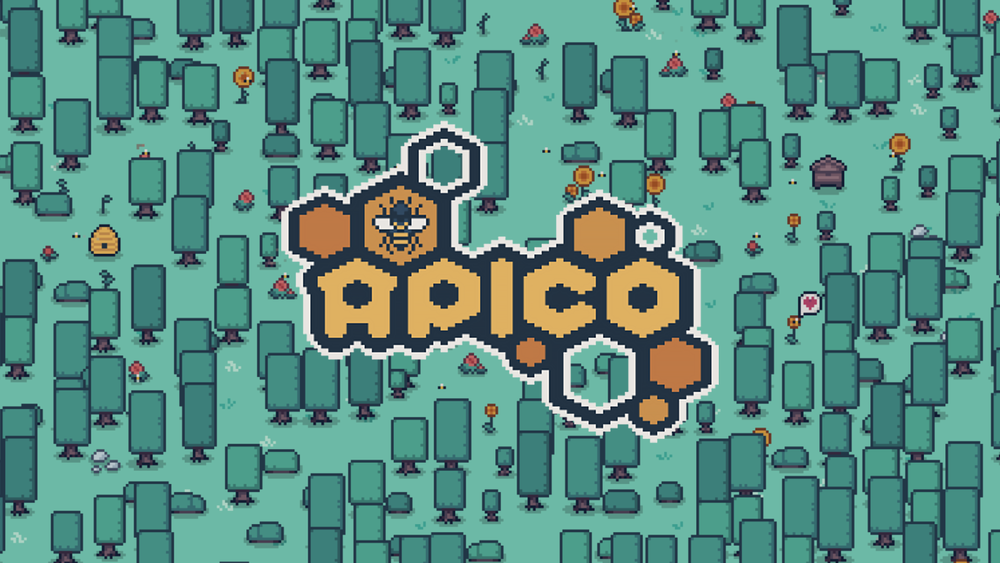

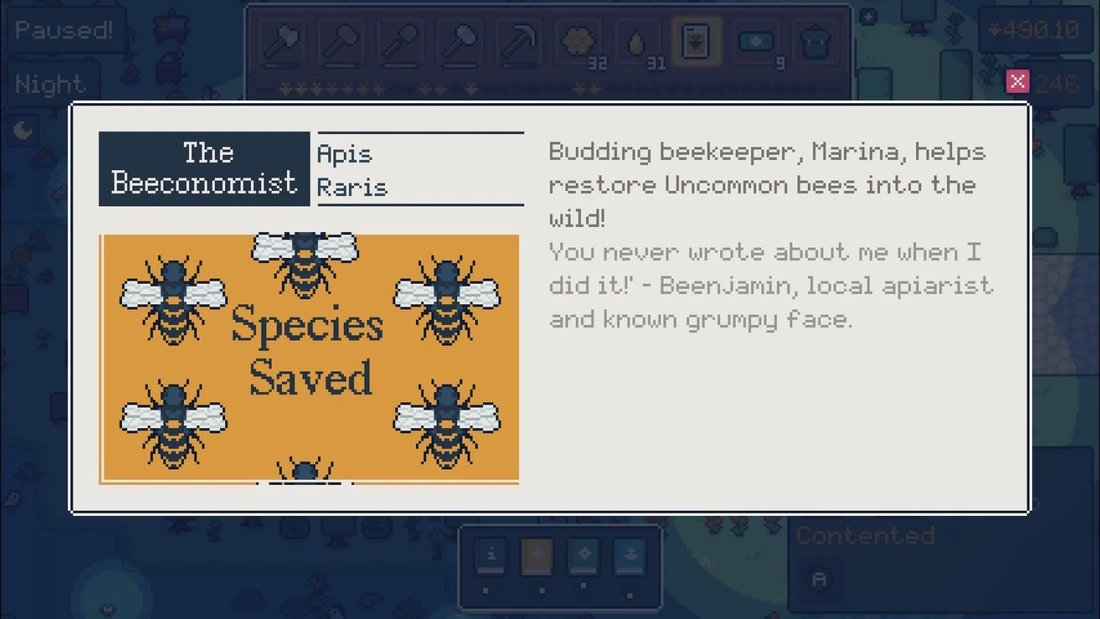
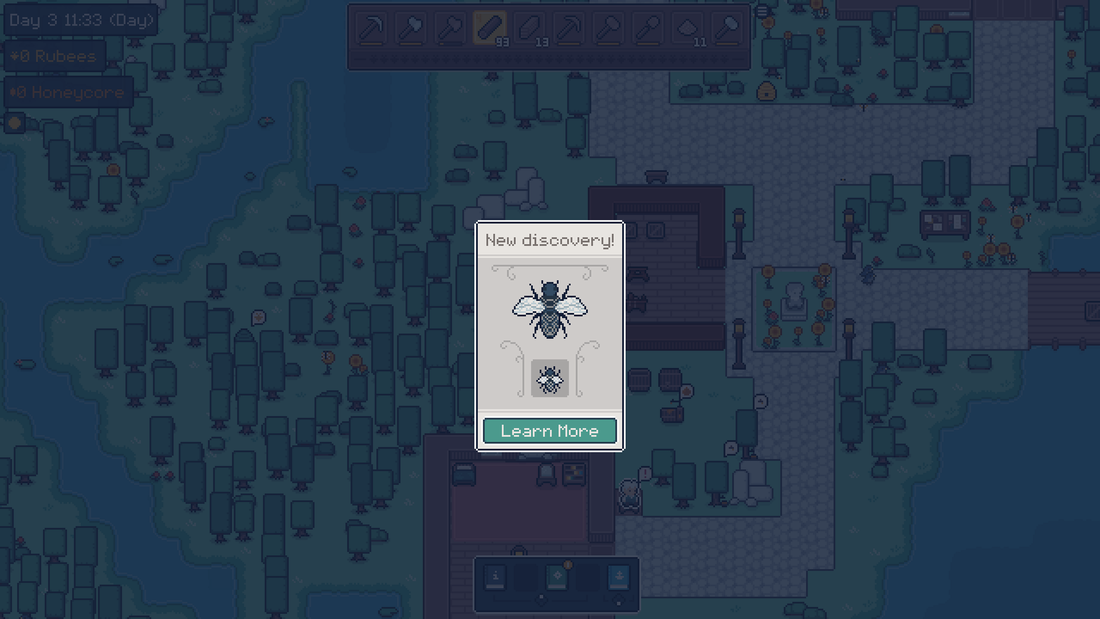
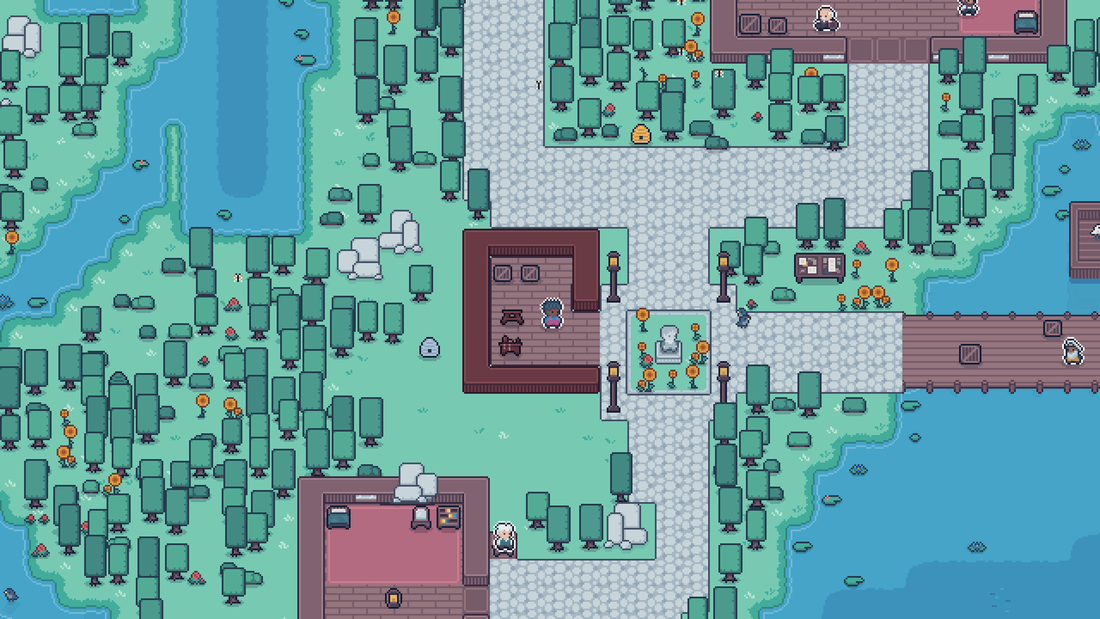
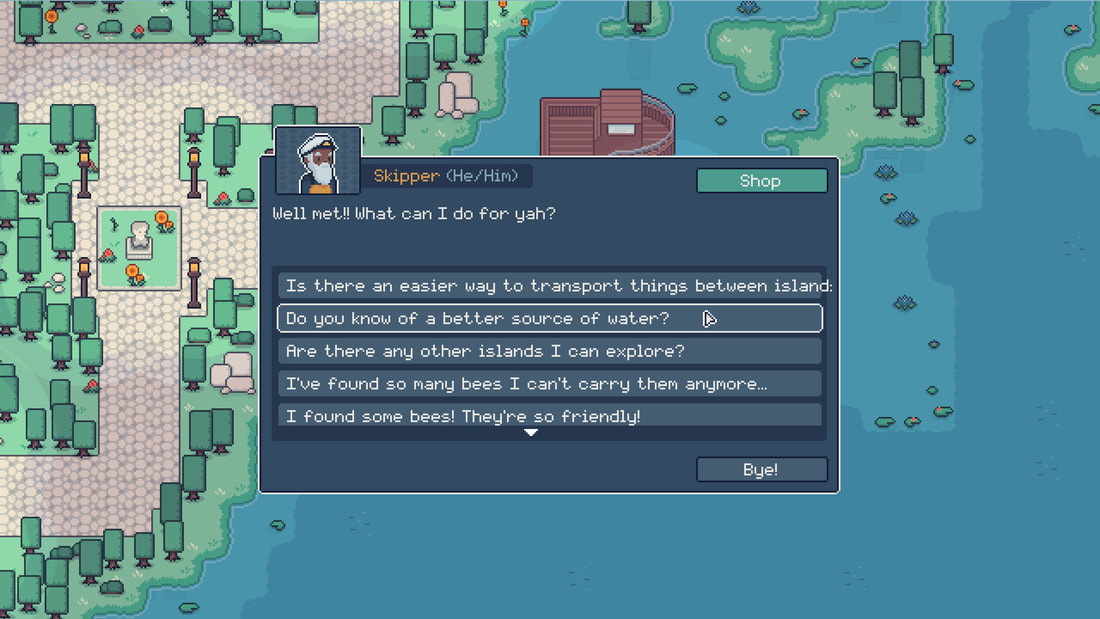
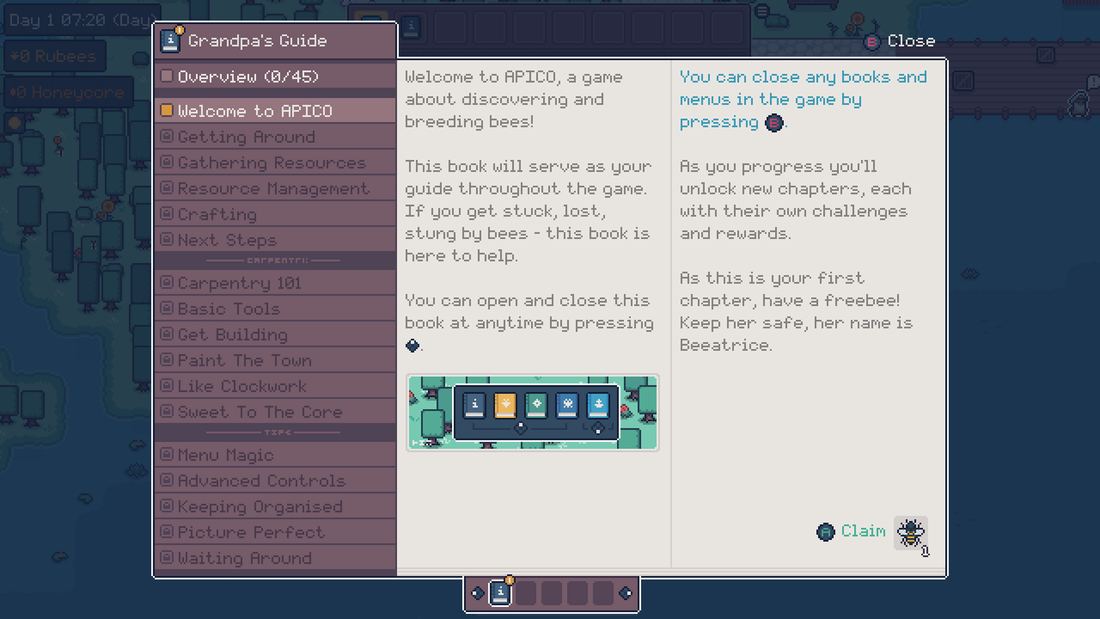


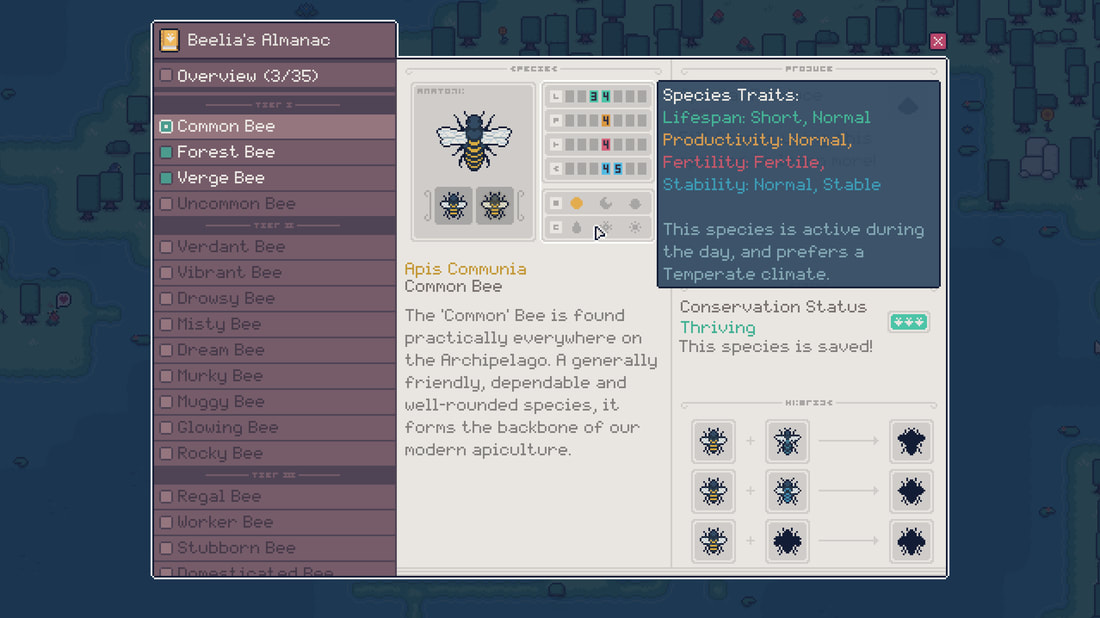
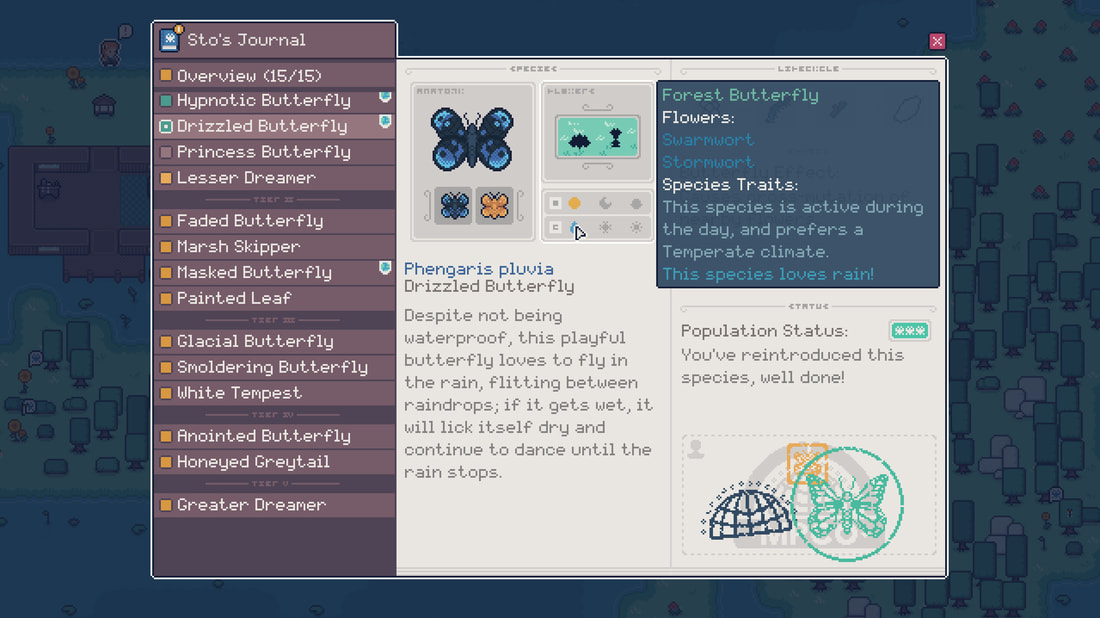

 RSS Feed
RSS Feed